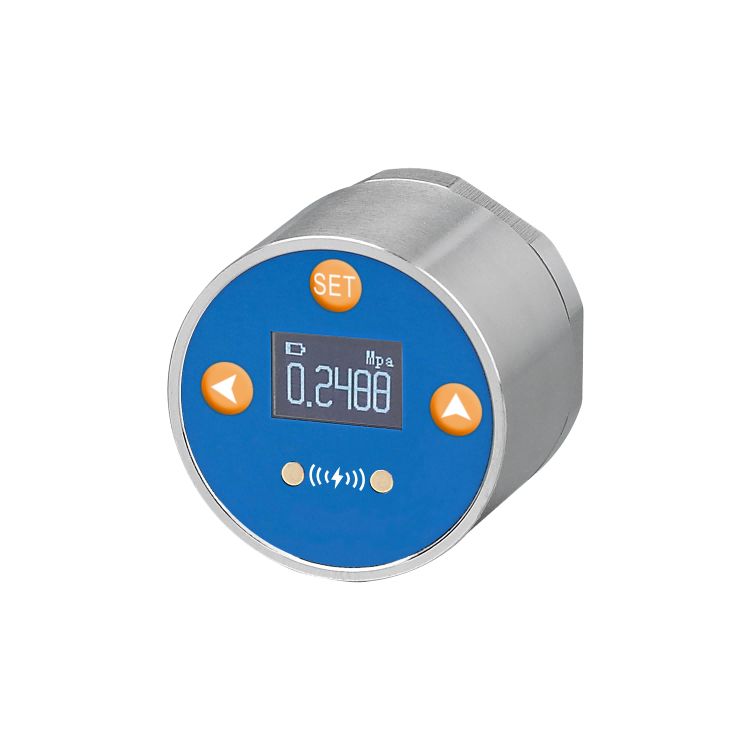Digital Pressure Transducers: Precision Measurement for Modern Industries
2025-06-10
In today’s technologically advanced world, accurate and reliable pressure measurement is critical across various industries. The digital pressure transducer has emerged as a vital instrument, offering precise pressure data with enhanced functionality and ease of integration.

What Is a Digital Pressure Transducer?
A digital pressure transducer is a sensor device that converts physical pressure into a digital electrical signal. Unlike traditional analog transducers, digital models provide a direct digital output, enabling easier connection to microcontrollers, data acquisition systems, and industrial networks.
How Does a Digital Pressure Transducer Work?
Inside the transducer, a sensing element detects the pressure applied to it. This pressure is then converted into an electrical signal, which is immediately digitized by an onboard analog-to-digital converter (ADC). The digital output can be communicated via protocols such as I2C, SPI, or RS485.
Advantages of Digital Pressure Transducers
High Accuracy: Digital signals reduce noise and interference, improving measurement precision.
Easy Integration: Digital output interfaces simplify connection to modern control systems and IoT devices.
Enhanced Features: Many models include onboard calibration, temperature compensation, and diagnostic functions.
Durability: Robust designs withstand harsh industrial environments.
Real-Time Monitoring: Enables immediate data reading and remote monitoring capabilities.
Common Applications
Industrial Automation: Monitoring hydraulic and pneumatic systems.
HVAC Systems: Ensuring optimal pressure in heating and cooling equipment.
Medical Devices: Precise pressure measurement in respiratory and anesthesia equipment.
Automotive: Tire pressure monitoring and engine control.
Aerospace: Critical pressure sensing in aircraft systems.
Selecting the Right Digital Pressure Transducer
Pressure Range: Choose a sensor that covers the expected operating pressure.
Output Type: Ensure compatibility with your control or data system interface.
Environmental Resistance: Consider temperature, moisture, and vibration resistance.
Accuracy and Resolution: Higher precision may be required for critical applications.
Size and Mounting: Fit the sensor physically within your system constraints.
Maintenance and Calibration
Regular calibration is essential to maintain accuracy. Many digital pressure transducers feature self-diagnostic tools that alert users to performance issues. Routine inspections help prevent downtime and extend sensor life.
Conclusion
Digital pressure transducers represent the future of pressure measurement technology. Their accuracy, ease of use, and advanced features make them indispensable in industries demanding reliable data and efficient system control.
Interested in upgrading your pressure sensing solutions?
Explore our range of digital pressure transducers designed for precision, reliability, and seamless integration.


